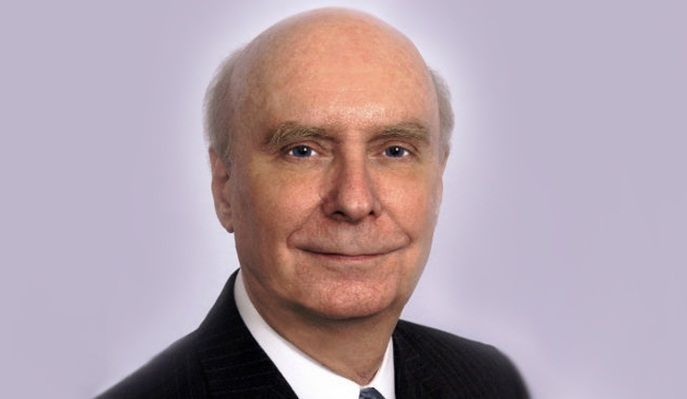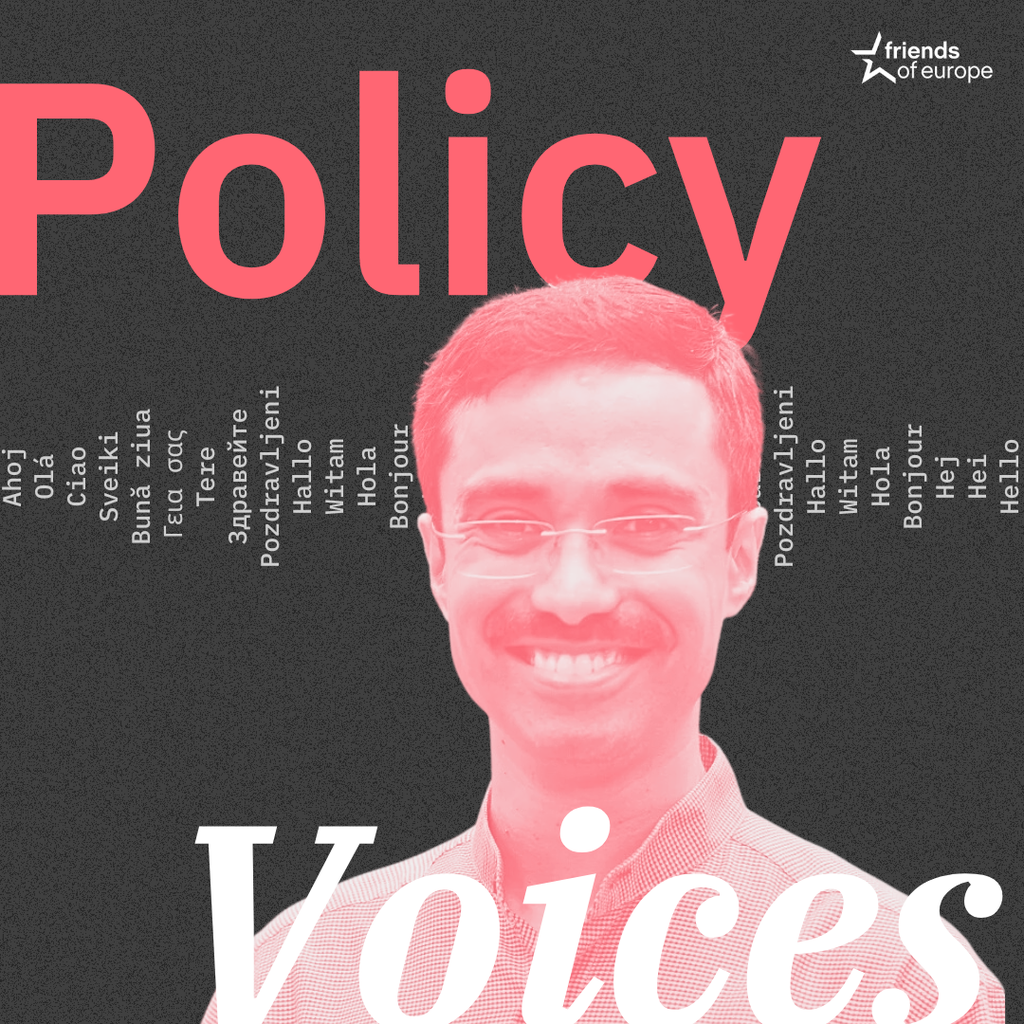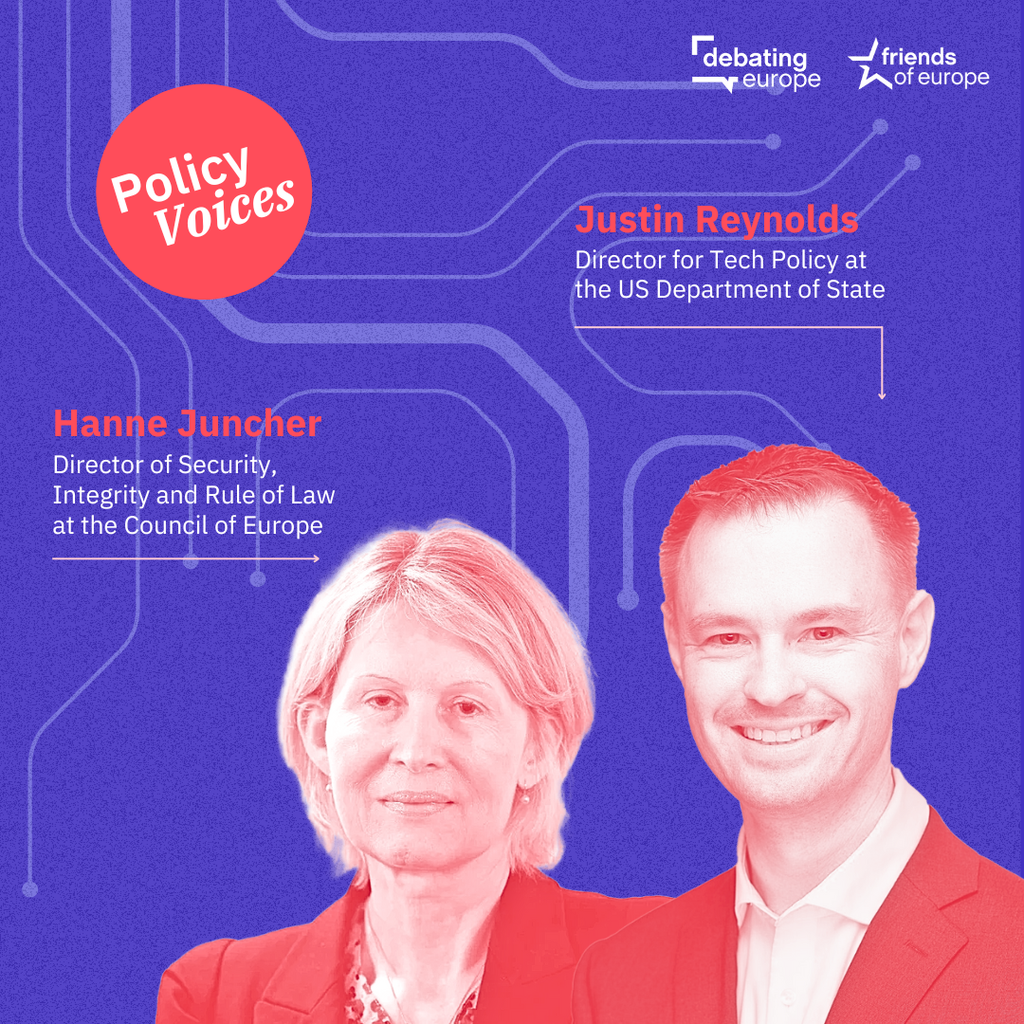A European agenda for space: resilience, security and sovereignty
Past event In person

- Area of Expertise
- Digital & Data Governance

Senior Fellow at the American University in Moscow
When it comes to the Ukrainian crisis, European policy-makers have something in common with the computing term GIGO: garbage-in, garbage-out. The Oxford Dictionary defines it as “incorrect or poor-quality input will produce faulty output.”
Here the garbage-in is in the form of media reports. Many stories have been riddled with unsupported allegations and outright fabrications that have largely gone unnoticed. Lamentably these stories have played a formative role in people’s understanding of the overall situation.
Typically the misleading information emanates from governments, political activists, and special interest lobbies. But it is propagated widely via the media. That ends up influencing not only policy-makers, but also their constituencies. Resulting decisions have led to misguided actions involving international relations, foreign trade, civil society interactions, and even assertive deployment of military assets.
What are the fabrications in question? There are many. One is the story that President Victor Yanukovych was impeached. Parliament tried to impeach him, but the action fell short of constitutional requirements. Even the current regime admits he was not impeached.
Yet media reports persist in describing a democratic transition. Political rhetoric follows suit claiming Ukraine is moving toward greater democracy. But that’s unsupported by the facts. I’m not suggesting a policy to bring back Yanukovych. What’s needed, though, is greater scrutiny of media reports and mainstream characterisations that are influenced by phony reportage.
My research has found that the Ukrainian crisis is not the black-and-white issue it is being made out to be. It is not a struggle between good and evil. It is a case of manipulation to which policy-makers may have fallen victim.
The Ukrainian crisis is not the black-and-white issue. It is a case of manipulation to which policy-makers may have fallen victim
Another example is the “bearded man” story put out by the U.S. State Department. It was an attempted hoax. Officials offered purported photographic proof of Russian state complicity. One photo showed a Russian special operations officer seen in the 2008 Georgian war. Another photo showed this man spotted in Eastern Ukraine.
TheNew York Times ran this on page one. The only trouble is that the blurred photos were not of the same man. When proof of the fraud came out, both the State Department and TheTimes had no choice but to back down.
None of this proves anything of whether Russian forces are orchestrating things in Eastern Ukraine. The point here is that those trying to convince us they’re there are lying to us. And that must be taken into account when assessing the quality and reliability of the data.
I won’t recount the all the consequences from the poor decision-making based on all the “garbage-in, garbage-out” stories. But it is worth noting that before the U.S., EU, and NATO encouraged escalation of the Maidan protests, there were no fighting “separatists,” there was no civil war. Ukraine was whole. Sanctions were not causing ruinous economic damage to many countries. Relations with Russia were not in dangerous disarray. There were no war-torn Ukrainian cities, towns, and villages. Thousands of now deceased Ukrainians were still alive. And the opportunity for replacing the unpopular leader Yanukovych through a democratic election was on the immediate horizon.
If European leaders earnestly want to see the Ukrainian crisis to a reasonable end, they will have to be courageous enough to redefine the situation based on facts, and to reject the cronyistic groupthink and wrongheaded doctrines that have brought the world to the present dangerous brink. They will have a lot to back away from.
It is essential for them to take responsibility for the accuracy of what they believe. When I first saw the bearded man photos distributed by the State Department, I looked at them closely. Although the photos were blurry, it seemed to me on careful inspection that there were two different men. I put the distorted images into Google image search. That led me to high-resolution versions. They showed clearly that the man in Georgia was not the same as the one in Eastern Ukraine.
Don’t give carte blanche acceptance to the media for providing reliable information
There are similar questions about the authenticity of satellite photos distributed by NATO. There are serious doubts about their authenticity. But who else is questioning them?
So, step one toward bringing the discourse closer to reality: check the facts; do your own research. Don’t give carte blanche acceptance to the media for providing reliable information. Also, scrutinise whether your advisors have been influenced by specious media storylines that have gone mainstream.
Next is a problem known as “confirmation bias.” You need to be able to recognise this and filter it out of your analyses and decision-making. This term suggests that if you’ve been exposed to a specious story, and have been taken in by it, even if just through inattention, you will tend to internalise it. As a result, each successive fabrication that you hear on the subject is accepted unquestioningly. That’s because the story likely confirms a bias that has already infiltrated your thinking.
According to Tufts University research professor Raymond S. Nickerson: “If one were to attempt to identify a single problematic aspect of human reasoning that deserves attention above all others, the ‘confirmation bias’ would have to be among the candidates for consideration. Many have written about this bias, and it appears to be sufficiently strong and pervasive that one is led to wonder whether the bias, by itself, might account for a significant fraction of the disputes, altercations, and misunderstandings that occur among individuals, groups, and nations.”
There is a long history of confirmation bias vis-à-vis Putin and Russia. It will be difficult, if not even painful, to wade through all that and to admit to foolishness in believing that which has no basis in fact. But if policy-making is to move forward on a reasonable basis, instead of perpetuating the alarmist and unfounded rhetoric that has prevailed, it is an absolutely necessary step.
There you have it. This is the prescription for better, saner decision-making: check and scrutinise allegations before you accept them as being factual. And beware of your own propensity for confirmation bias. That bias may lead you to believe things ardently that have no basis in reality, and thence to dangerous policy-related conclusions.
Past event In person

Next event In person & livestreamed

Past event Online

Past event In person





Stay informed
We use cookies and similar technologies to adjust your preferences, analyze traffic and measure the effectiveness of our campaigns. Learn more about our privacy policy.